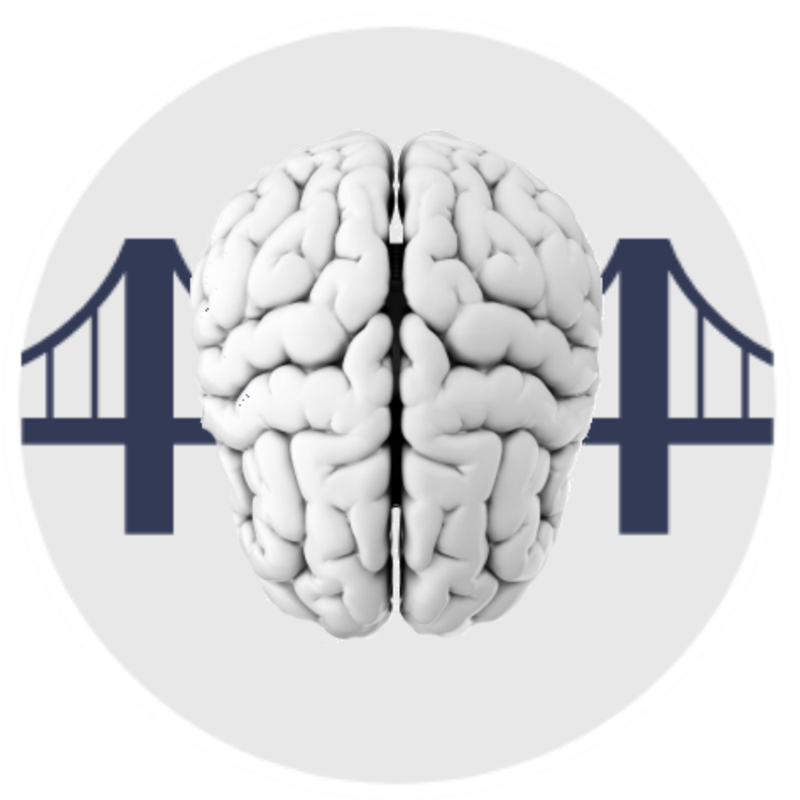Urgent Action Needed to Protect Faculty
by Janet Zadina on 04/09/20
First
30 days after trauma are critical!
I
am sending another message to you because research shows that we must act
quickly to protect the mental health of faculty and students. I see on numerous posts on “teaching during COVID” groups and hearing
from administrators, that faculty are stressed!
In fact, when educators are describing some of their feelings and
behaviors right now, they are describing symptoms of trauma. When stress is severe enough or prolonged, it
can become Post Traumatic Stress Disorder (PTSD), a condition that can be very
detrimental to mental and physical health in the short term and, worse, can
become chronic, creating life-long problems.
Research
shows that about 23% of people who experience trauma develop PTSD. A study by Price, et al, in 2019, found that
the first 30 days are a critical time frame when symptoms can turn into
a disorder, such as PTSD. Their research
suggests that intervening in the first 30 days to treat symptoms of anxiety,
stress, and trauma may prevent the symptoms from turning into Post Traumatic
Stress Disorder.
The
statistics are alarming. Even before
COVID 19, research from the University of Michigan showed that 93% of
elementary school teachers and 94% of middle school teachers reported
experiencing high stress. Research from the Higher Education Policy Institute
by Dr. Morrish indicates that faculty are under greater risk than students.
For
your faculty you may be the first responder.
For your students, you may be the first responder. Parents may not know how to help their
children handle stress. They,
themselves, are stressed and may not be handling it well. You have the expertise to help.
However,
if faculty are stressed, they may not be able to help students. Research shows that faculty stress is
actually contagious to students. Faculty
may be having symptoms such as trouble focusing or regulating their emotions (see
next newsletter for help on this). This
can negatively impact their work.
Worse
yet, what condition, mentally and physically, will faculty be in when they do
return to work after long periods of stress?
The good news is that it is the periodic recovery that is
important. We are all exposed to stress,
with or without this pandemic, but it is what you do about it that
matters. (See below for things you
can do right now.) If untreated, it can become serious and even have
life-long consequences. Utilizing
frequent strategies for recovery, you may be able to escape chronic conditions
such as depression or post-traumatic stress disorder.
I
am trying to do my part to help since I am experienced in providing information
and strategies to people who have experienced natural disaster or
community/school violence. I am now
ready to provide my workshop on reducing faculty stress remotely to
provide your faculty with experiences and strategies to help them reduce their
stress as they live through this pandemic and prepare to return to the
classroom when this is over. You can
find out more HERE
about the presentation and you can CONTACT ME with questions.
You
will also find more information about mental health on my web page at PTSD,
Stress, Trauma, Mindfulness Resources For You.
I
have spoken with leadership who are providing their faculty with many mental
health resources during this time. I see that Governor Cuomo has made the app Calm
available free to everyone in New York to encourage them to engage in
mindfulness meditation. Indeed, engaging
in mindfulness meditation (or other types of meditation) may be the single most
important thing that you can do. You can
do it alone or with your family or students.
Here
is some immediate help:
1.
Guided imagery: This can be a quick intervention available to
you anytime you have 3 minutes or more and a device. All you have to do is listen and imagine what
the speaker is describing. Here is one
that I like very much. https://www.youtube.com/watch?v=XwHGGKz8gCE&t=36s. You
can find more by searching for guided imagery meditations. Even better, you can get an app. Governor Cuomo provided the app Calm to New
Yorkers. I saw for a time that teachers
could get that for free. I use Buddify
and Insight Timer. Headspace is also
popular. Most of these allow you to
choose a purpose (sleep, overcome fear, calm down) and the amount of time you
want to listen.
2.
Mindfulness meditation: You may think that it would take quite some
time of practicing meditation to get good enough for it to make a noticeable
difference. Not true, according to
researchers from Yale, Cambridge, and Harvard.
They took people who had no formal training in meditation and
mindfulness and gave them a 20-minute introduction into mindfulness meditation
concepts. Then they put them in a brain scanner
and created pain in the form of heat application to their arm. They also presented negative images to
them. They were asked to apply
mindfulness meditation at one time and respond normally at another.
When the participants employed mindfulness meditation,
not only did they feel less pain and fewer negative emotions, but researchers
could see the difference in their brains!
They had reduced activity in areas associated with pain and negative
emotions. These changers were not in the
frontal lobe, indicating that it wasn’t conscious willpower making the
difference.
This study indicates that even without long meditation practice, just staying in the moment and being mindful can provide benefits.
- Sit comfortably: Don’t worry that people in pictures of meditation are sitting cross-legged in a certain posture. That is not necessary. You can do mindfulness meditation while you are walking or doing dishes, just not driving! If you want to do it seated, just sit comfortably. You could lie down, but the danger there is that you fall asleep. If you have time to sleep, then no problem. Of course, ideally you would do this in a quiet place where you can be comfortable. If you can do it outside, even better.
- Start with your breath: Begin by focus on your breathing. Bring your attention (and your hand if possible) to your belly. Feel it move as you breathe in and out deeply through your abdomen more than your chest. Just breathe naturally at first and pay attention to your breath.
- Release the tension in your body: Be aware of your body. If you feel tension in any area, tighten the area and then release.
- Bring attention back to the breath: Every time your attention wanders, and it will frequently, bring your attention back to your breath. Think “breathe in” as you breathe in and “breathe out” as you breathe out. Just stay in this state for as long as you want to meditate, staying mindful of your breath and tuning out distractions by just letting them go and coming back to the breath.
3.
Moving
meditation: When you are tense and upset, it can be hard to settle down and sit
still. Therefore, you may want to select one of the
types of moving meditation, such as qi gong, tai chi, yoga, or meditative
drumming. Experiment and see if one of
these works for you. Here are some links
you can try and you can find many more on youtube.
a.
Tai chi https://www.youtube.com/watch?v=rkp5TewRWsA
b.
Qi gong (sitting version) https://www.youtube.com/watch?v=ppM9FRRX-Uo
c.
Meditative drumming (this drummer is offering online lessons and
sessions for a fee if you are interested. You can find him at Russell Buddy
Helm on Facebook or the internet. I
studied with him after Hurricane Katrina.
I am not trying to sell or promote anything, please! I am just offering what worked for me. Here is a video: https://www.youtube.com/watch?v=-KrfwcqpSgs
I
hope these activities help. Until next
time, stay well in all ways!


